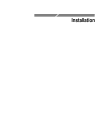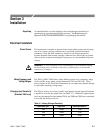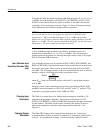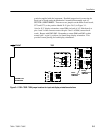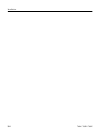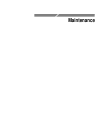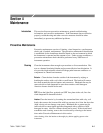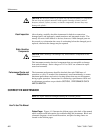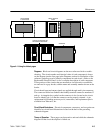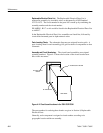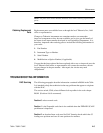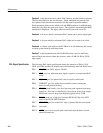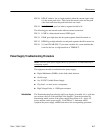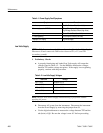
760A / 760D / 760N
4–1
Section 4
Maintenance
This section discusses preventive maintenance, general troubleshooting
information, and corrective maintenance. If the instrument does not function
properly, troubleshooting and other corrective measures should be taken
immediately to prevent any additional problems.
Preventive Maintenance
Preventive maintenance consists of cleaning, visual inspection, a performance
check, and, if needed, readjustment. The preventive maintenance schedule that
is established for the instrument should be based on the environment in which
the instrument is operated and the amount of use. Under average conditions, a
preventive maintenance check should be performed every 2000 hours of
instrument operation.
Clean the instrument often enough to prevent dust or dirt accumulation. Dirt
acts as a thermal insulating blanket and prevents effective heat dissipation. It
also provides high resistance electrical leakage paths between conductors or
components in a humid environment.
Exterior. Clean the dust from the outside of the instrument by wiping or
brushing the surface with a soft cloth or small brush. The brush will remove
dust from around the selector buttons and connectors. Hardened dirt may be
removed with a cloth dampened in water that contains a mild detergent.
Abrasive cleaners should not be used.
CRT. Clean the light filter, graticule and CRT face plate with a soft, lint–free
cloth dampened in denatured alcohol.
Interior. Clean the interior by loosening the accumulated dust with a dry, soft
brush, then remove the loosened dirt with low pressure air to blow the dust clear
(high velocity air can damage some parts). Hardened dirt or grease may be
removed with a cotton tipped applicator dampened with a solution of mild
detergent in water. Abrasive cleaners should not be used. If the circuit board
assemblies need cleaning, remove the circuit board by referring to the instruc-
tions under Corrective Maintenance in this section.
After cleaning, allow the interior to thoroughly dry before applying power to the
instrument.
Introduction
Cleaning



